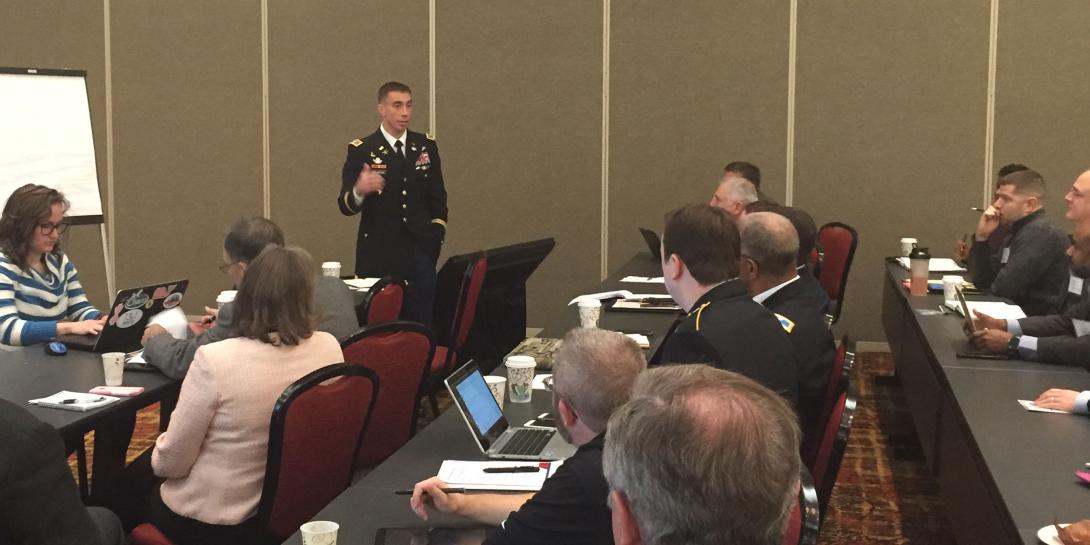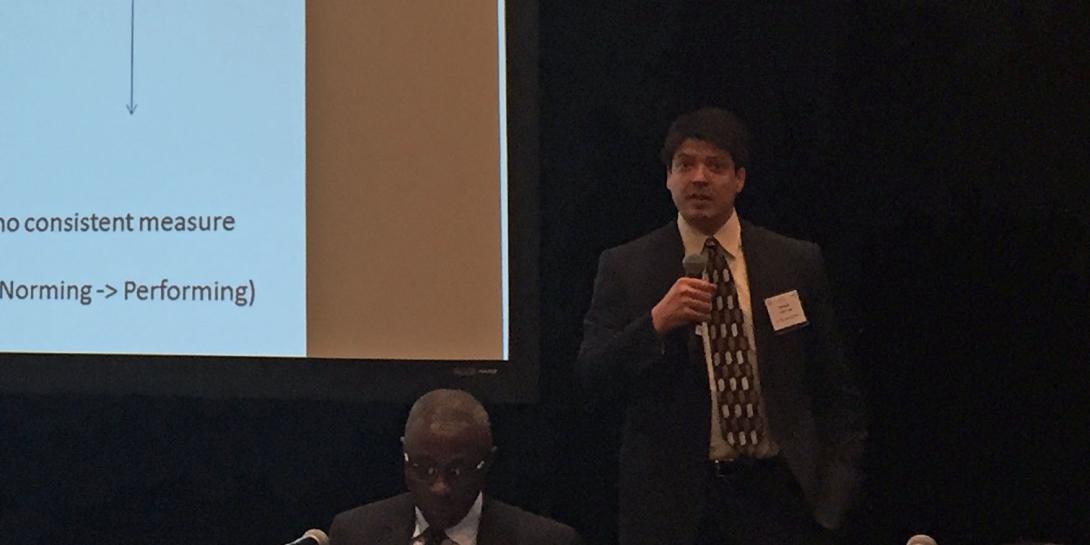An Adaptable Cyber Training Environment Is Essential to Success
A cyber training environment is essential to collective training proficiency and educational agility in the face of rapidly evolving threats. During a morning workshop focused on research and development supporting the cyber training environment and tools, attendees at the Cyber Education, Research and Training Symposium (CERTS) explored possible solutions in this environment, and offered thoughts and insights on the work ahead.
Following a short panel discussion led by Bob Kazimer, deputy to the commanding general, U.S. Army Cyber Center of Excellence, the crowd was broken up into three subgroups with different objectives. Participants spent roughly 90 minutes developing answers through a discussion and workgroup forum.
The first was led by Norbou Buchler, Army Research Laboratory. The group’s mission was to come up with some best practices in observational measurement and automated metrics of performance. Their answers were:
- Need measurements at the individual, leader, collective and force level.
- In order to measure readiness, cyber professionals need an automated certification system.
- A gunnery model for cyber largely focused on the individual level would be hugely beneficial.
- Longitudinal studies of team maturation are needed, with a close look at team skills, structure and how they self organize.
The second subgroup was led by Kenneth Williams, Ph.D, program director and associate professor for science, technology, engineering and math, American Military University. His group members were tasked with cyber scenario and ontology development to support training. They agreed on four main ideas:
- There is a need to capture what responses have been done to date and categorize them—a pattern analysis of real world missions to perform a front-end analysis in order to determine the requirements definition process.
- Develop tasks conditions and standards based on a survey so all players understand their limits and priorities to help identify the scenario.
- Create a game-like environment and then monitor, record and automate the collection process, which is needed due to the speed in which cyber changes.
- Need to understand the vectors of attack, record events in the training environment and develop a pattern analysis to help determine skill sets needed to solve the problem.
Col. Paul Stanton, USA, commander, Cyber Protection Brigade, headed the final subgroup. The discussion was focused on readiness of cyber teams and the dynamics of mission preparation with the following conclusions:
- Develop an adaptable, dynamic, agile training environment that supports skill level 1-4 training.
- Need to incorporate individual, collective and leader training.
- Need battle staff and command and control training for cyber.
- Increase training management including reporting, tracking, data collection, analysis, solution and feedback.
Other workshops that took place included developing training resources and education curriculum and cyber degrees and skills certifications.






Comments